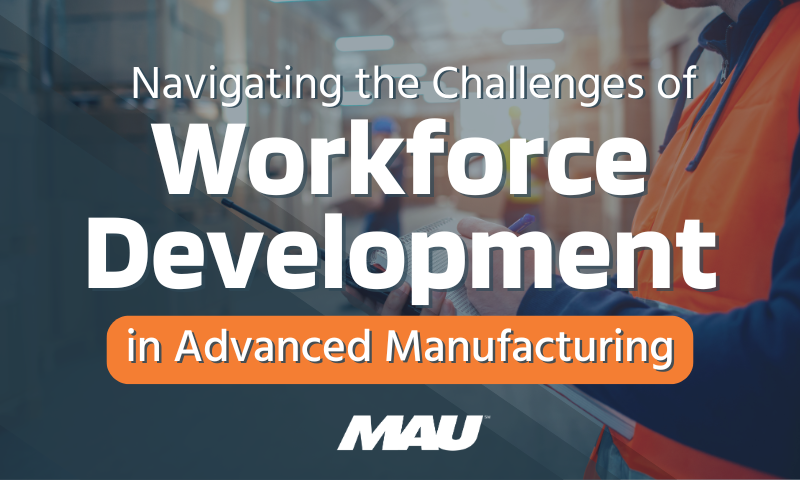This is part six of a 10-part series designed to help you transform your company, gain a competitive advantage, and sustain long-term business success.
In Part 5, we explored why so many of today’s business leaders are failing to move beyond their outdated models and helped you identify the core and noncore activities within your organization. Today, we’ll focus on a real-world example of this shift in perspective.
It is intriguing to me how companies come to their awakening, their moment of enlightenment—that point in time when they have perfect clarity about their mission, their reason for being in business, and their uniqueness. Here’s the story of one client who identified their core and noncore business processes, embraced outsourcing, and took the lead in their global market.
A Story about Finding Focus
For more than thirty years, MAU has worked side by side with a nonunion consumer products manufacturer. At the beginning of our relationship, our customer provided compensation and benefits that were influenced by union scales. They were plagued with high employee costs for noncore jobs, resulting in labor expenditures far above market-based averages.
We worked together to identify their noncore-critical functions, and ultimately our company assumed responsibility for managing many of them. In retrospect, we provided our customer with an unforeseen benefit equal to or greater than the cost savings and efficiencies: we brought them focus. Their managers had more hours in the day to concentrate on the parts of the business that would make them more productive and profitable.
This customer continued to push the envelope by turning more and more noncore-critical functions over to our company. Several years later, a top executive there told me that he had to rely on us to perform with excellence so he and his team could continue focusing on their core processes every day. In other words, he said, “We make paper, and I need to spend all my energy thinking about how we can make a higher-quality product both faster and cheaper. I can’t afford to be distracted by other areas. I need your company to take care of them.”
Those companies that clearly differentiate between their core functions and those they can turn over to third parties will realize a competitive advantage.
He went on to say he realized that he had just so much time in a day and that the things he thought about would be those he improved upon. He didn’t want to figure out how to improve the way they packaged, wrapped, sorted, or shipped his product, because he knew that other companies could handle those functions better than his could. Being able to outpace his competitors largely depended on innovation in product design and leveraged production capabilities.
That was his new focus!
Your Core: Jobs That “Touch the Paper”
Years later, this same executive was pressed in an open business forum to explain how his company had identified which jobs, processes, and functions were most critical. He could not have spoken more poignant words when he replied, “It’s those jobs that touch the paper.” If you work for the company and don’t “touch the paper,” your job is likely to be managed by a third party. The logic for doing so is simple: free up the company’s talent and resources to concentrate on how to become more competitive. This international company continues to find success as they pinpoint which core jobs and processes they should manage and invest in.
The truth is, we have only so many hours a day in which to accomplish our goals. What we think about and act on every day directly affects the short- and long-term outcomes of our businesses and careers. So, how are you spending your time? What is it that makes your business unique? Imagine if you had more time to focus on your uniqueness every day. What if by outsourcing all your noncore responsibilities, you could gain that freedom? What better investment can you make to ensure you stay ahead of your rivals?
In the next three installments of this series, we’ll cover specific noncore-critical activities that I believe most companies have not yet explored: the employment function, program management, and facility maintenance.
Stay tuned!
Sign up to get this Master Class series directly to your inbox.
{{cta(‘937408fa-3a2a-45f8-a546-ebb39501144e’)}}
Note: This blog post was inspired by and adapted from Randall Hatcher’s book, “The Birth of a New Workforce.”

.png)


